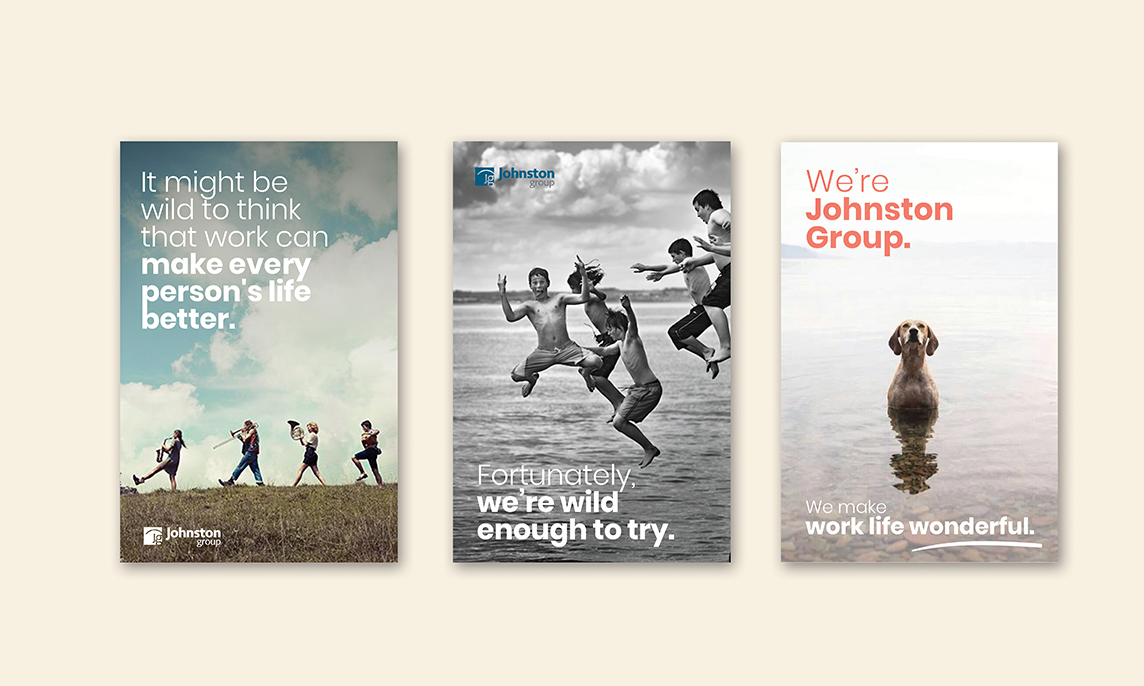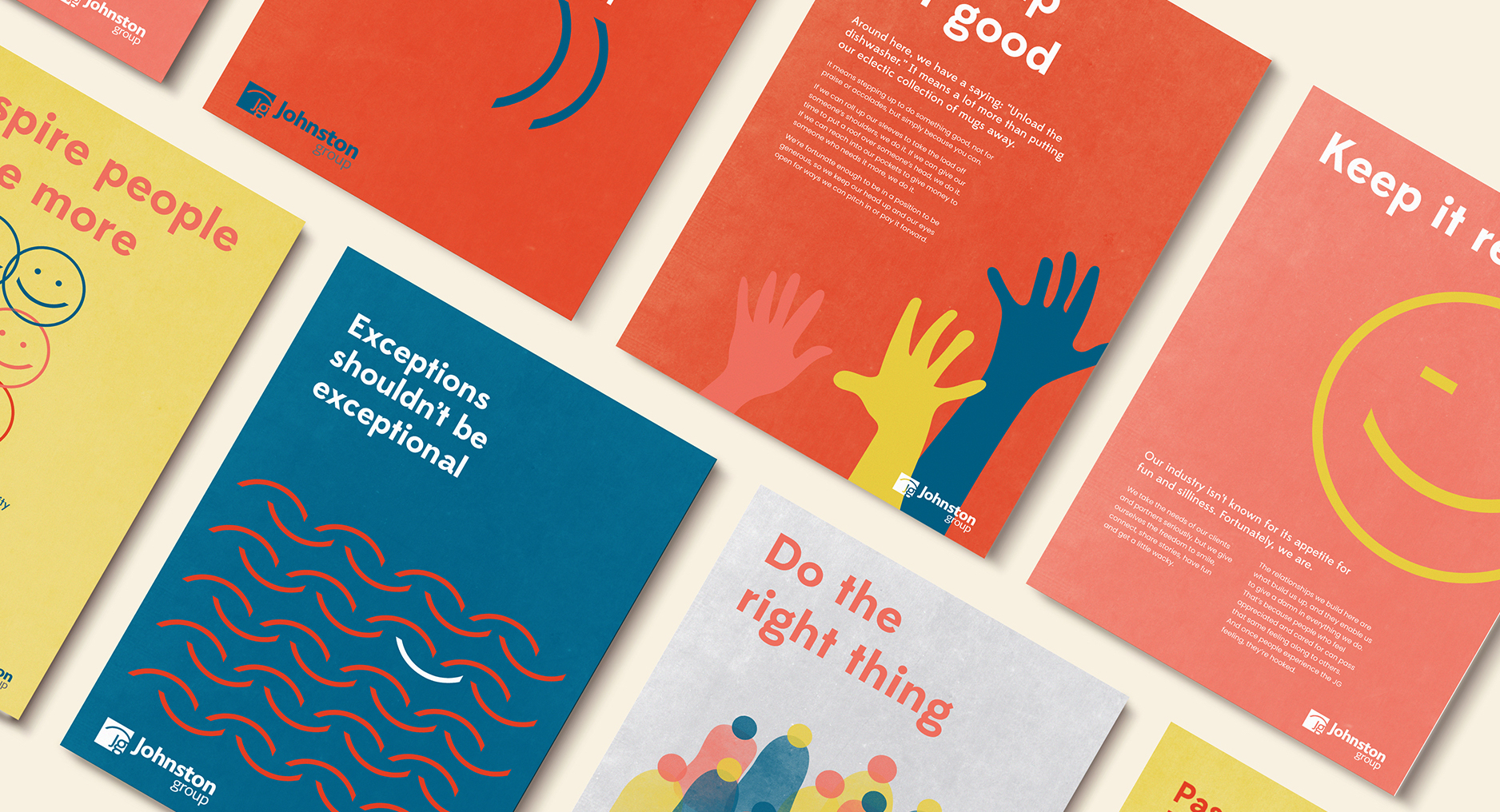Understanding the Challenge
Finding the Concept

What Happened Next?

Marketing Tips for In-House and Agency Teams
-
It's okay to let your human side show. Many industries are under heavy scrutiny but that doesn't mean individual companies in that industry have to disguise their true identity. If a company culture is quirky, be quirky. If a company culture is warm and friendly, be warm and friendly. Having a human brand doesn't mean a company isn't professional or credible, instead, it accurately portrays the spirit of the company.
-
Tell a story. Every company has a story and you shouldn't be afraid to tell it. And like every good story, it showcases the challenges that must be overcome in order to reach the end goal. Because it's through challenge that customers are able to understand what a company is willing to overcome in order to achieve that goal. It's what brings people together — shared values and a shared vision.
-
Taglines. Taglines should be a clear descriptor of a business (but make you want to lean in and learn more). Too often businesses struggle with creating a tagline — should it be descriptive or catchy? — and then they don't use the one they've created because they don't love it. A tagline should say what you do so that your audience gets it and it should have a good story behind it. Together, they create an a-ha moment for the audience.




